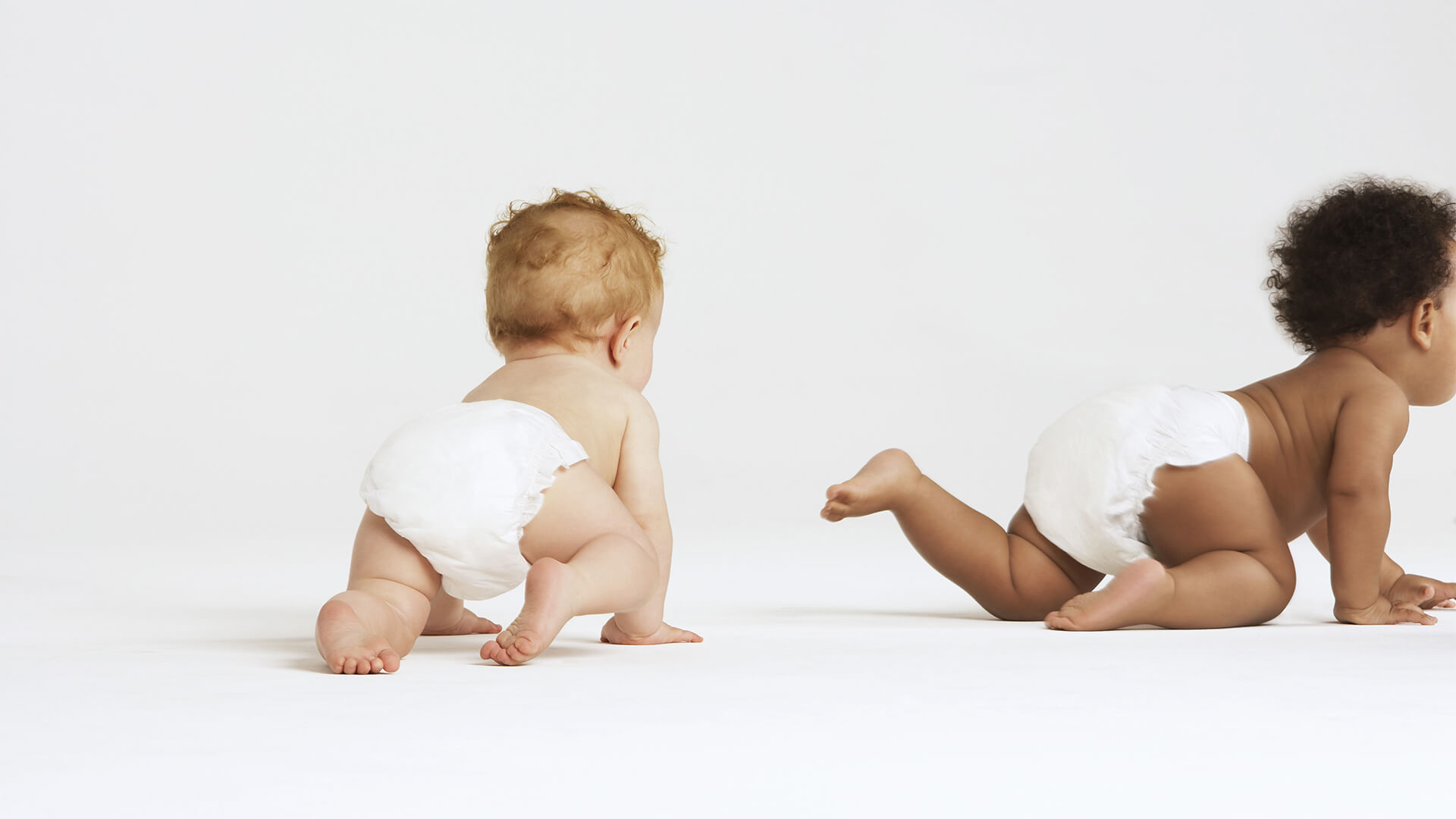With incidences of nappy rash seemingly at epidemic proportions and over 30% of parents worried that it may be caused by something they are doing wrong; the Skin Health Alliance investigates the issue with its experts from a scientific point of view.
The Skin Health Alliance knows caring for a young baby in pain with nappy rash is distressing for parents. It also knows it can be made worse if the information parents use to help and remedy the situation is inaccurate. For example, the confusion between nappy rash and chemical burns illustrates how seemingly similar conditions can sometimes complicate parents’ best efforts to fix things. In its research, the Skin Health Alliance discovered even though over 90% of parents used disposable nappies, 76% confirmed that their babies had experienced nappy rash.
“Our skin ensures our body has a delicately balanced ecosystem. However, children don’t really develop mature skin resilience until at least around one to two years of age. Up until then, baby skin remains sensitive and delicate. Therefore, striking the right balance between taking care of a baby’s skin and allowing it to mature its own defences naturally remains a complicated area for many parents to navigate successfully – especially when it comes to nappies, and nappy rash.”
Explains Dr Susan Mayou, paediatric dermatologist at London’s Cadogan Clinic.
“Nappy rash typically occurs when the sensitive area of skin around a baby’s nappy becomes irritated by contact with babies’ urine or faeces. The skin becomes red, hot or sore in patches which can become confluent and sometimes spots or blisters develop but with proper treatment, it will usually clear up within three or four days.”
52% of parents recognised nappy rash was more likely to occur when a nappy went unchanged for too long. More worryingly however was 30% believed that nappy rash is a chemical burn caused by materials used in disposable nappies – a widespread misconception.
In order to address these misconceptions and help allay parents fears the Skin Health Alliance surveyed 263 dermatologists about the issue. 93% of them agreed that despite the excellent drying and comfort properties of disposable nappies, it was still possible for babies to develop nappy rash. 76% of dermatologists also reported that when parents presented their children with a complaint of ‘chemical burns’, it was in fact simply nappy rash.
Working with its dermatologists and nappy manufacturers the Skin Health Alliance is seeking to reassure parents that nappy rash is commonplace and educate them as to what they can do to help reduce the risk:
- Wet or dirty nappies should be changed as quickly as possible. For newborn babies this can mean as many as 8 to 12 nappy changes a day.
- Gently cleaning a baby’s nappy area with warm water or unscented, alcohol-free wipes at each change is gentler to the skin. As is then patting the skin gently to dry it with a clean towel or, even better, leave them nappy-free to air dry.
- If possible, allowing babies time without a nappy will help reduce chafing and contact irritation.
- Applying a very thin layer of barrier cream before putting a nappy on can also help protect the skin.
- Check the nappy brand’s fitting guidance on the packaging to ensure a good fit.
- When the skin is sore, avoid fragranced soaps, bubble baths, lotions or talcum powder as they can cause further irritation.
Matthew Patey, Managing Director of the Skin Health Alliance concludes:
“Over recent years, social media reports have incorrectly linked disposable nappies with chemical burns on babies’ skin. By highlighting the scientific facts, we hope to reassure parents as to the safety credentials of disposable nappies and provide some simple steps to avoid their loved ones suffering from nappy rash in the future.”
The Skin Health Alliance only partners with those disposable nappy brands able to scientifically prove skin safety to its independent panel of dermatologists. These brands include Aldi Mamia, Asda Little Angels, Lidl Lupilu, Lotus Baby and Pampers.

















